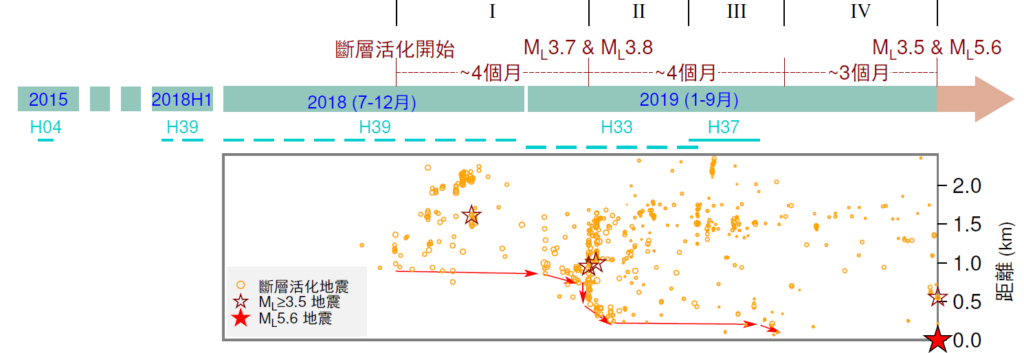Prof. YANG and his team uncover precursory signals lasting up to 11 months before a destructive induced earthquake
Professor Yang Hongfeng and his research team at the Department of Earth and Environmental Sciences at The Chinese University of Hong Kong (CUHK) have identified an 11-month-long precursory fault activation preceding the 2019 ML 5.6 earthquake in the Weiyuan Shale Gas Field, Sichuan province, China. This groundbreaking discovery, published in the prestigious journal Communications Earth & Environment, highlights the prolonged precursory signals before the earthquake, offering new insights into the mechanisms by which destructive earthquakes are triggered and potential strategies for hazard mitigation. Professor Yang’s team conducted a study in 2020 that attracted attention from the academic community worldwide, revealing that hydraulic fracturing in the region could induce destructive earthquakes. This latest research delves deeper into the triggering mechanisms, further enhancing the understanding of induced seismicity caused by hydraulic fracturing.

The 2019 Weiyuan ML 5.6 earthquake was preceded by 11 months of precursory signals, linked to shale gas exploitation in the Weiyuan Shale Gas Field, Sichuan, which began in 2015. Fault activation commenced in October 2018 due to hydraulic fracturing at the H39 platform. Following this activation, precursory foreshocks migrated toward the mainshock hypocentre, influenced by continued hydraulic fracturing across multiple platforms, including H37.
Meanwhile, several local media outlets have also featured coverage of the study’s results.



